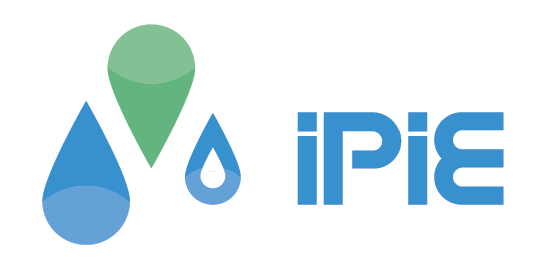The challenge: getting to grips with the impacts of medicines on the environment
The active ingredients in medicines (known as the active pharmaceutical ingredient, or API) can be released into the environment in a variety of ways. The most common route is via the sewage system, when patients excrete them. APIs can also escape into the environment when people dispose of medicines incorrectly, and during the manufacturing process. APIs are, by definition, biologically active, and although their concentration in the environment is generally extremely low, there are concerns about the effect of these chemicals on wildlife and ecosystems in general.
Since 2006, new medicines have had to undergo an environmental risk assessment before they are approved for use. However, current testing strategies need to be optimised to accurately predict harmful impacts on wildlife.
Furthermore, there are many APIs that were already in use before the new rules came into force, and just a small number of these (around a tenth) have been subjected to environmental risk assessments. As testing all of these will be a mammoth task, guidance is needed to help identify which of these ‘legacy’ APIs are most likely to pose a risk to the environment and so should be prioritised for testing. This guidance is also needed to ensure environmental impacts are fully considered during the development of new APIs.
The goal of iPiE was to develop frameworks and tools to help determine which legacy APIs should be prioritised for environmental testing, and to support the smarter environmental testing of new APIs under development.
A unique database on the environmental impacts of APIs
Underlying most of iPiE’s outputs is the iPiE database, which brings together in one place extensive information on the environmental aspects of over 350 APIs. Much of this information was provided by 13 pharmaceutical companies, and has never been published, making the iPiE database a unique resource.
New models to predict levels and activity of APIs in the environment
When carrying out environmental risk assessments, one key question is what level of the API organisms are actually exposed to. To answer this, iPiE created the ePiE tool (the ‘e’ stands for exposure), which models the path of an API from the moment it is taken by a patient, via the toilet and sewage pipes to waste water treatment plants, to the moment it is released into a river. The tool draws on national consumption data of different APIs and their chemical properties, and delivers a prediction of the concentration that would be found in certain key European river basins.
iPiE has also created computer algorithms called QSPRs (quantitative structure property relationships), which analyse the chemical properties of APIs to predict what will happen to them and how they will behave in the environment, e.g. whether they are likely to break down in a waste water treatment plant, or attach themselves to soil particles…
Using evolution to assess risks
Another key question in environmental risk assessment is knowing which APIs are most likely to cause harm to wildlife. After all, they are designed to be biologically active, and although millions of years of evolution separate us from fish, for example, we do still share a number of proteins in common. This means that if a freshwater fish has a protein that is also a target of a human drug, it is likely that the drug could harm fish if it gets into our rivers and lakes. To help scientists quickly find out which human drug targets are also found in wildlife, iPiE created the ECOdrug database. The publicly available tool draws on data from multiple sources and has information on over 600 species, including other primates, rodents, birds, fish, microscopic animals, fungi, and plants.
Focus on fish
In freshwater environments, fish are one of the most closely related groups to humans, and so have more shared drug targets than e.g. insects and plants. This makes fish particularly vulnerable to pharmaceuticals in the environment. iPiE took an existing model that assesses the ‘safe’ level of an API for fish and improved it by adding additional information and data.
Comprehensive resources for assessing the impacts of medicines in the environment
The project’s databases, tools and models are brought together in two comprehensive tools: iPiE*SYS and iPiE*SUM.
iPiE*SYS is accessible to all the project partners and provides seamless, one-stop access to the iPiE database, the iPiE models and tools, and extensive data on the environmental impacts of all 350+ APIs in the iPiE database.
iPiE*SUM is a publicly available tool that provides a high-level information on most of the APIs in the iPiE database. Via a simple user interface, users can search for compounds and related studies in the iPiE database.
Making a difference
The iPiE project has created an impressive legacy. On the scientific front, it has achieved its goal of delivering tools that help to prioritise the environmental testing of legacy APIs, and incorporate environmental questions into the development of new APIs. These tools are also described in the scientific literature.
Crucially, the pharmaceutical industry is using the iPiE database to avoid the duplication of tests, something that will reduce animal testing and costs. They are also using the tools, for example to assess the risk of an API for surface waters.
Thanks to the project, and in particular its advisory board, the project partners have forged strong links with key stakeholders involved in discussions on pharmaceuticals in the environment, including national agencies, the water industry, business associations, and more.
Finally, and perhaps most significantly, the growing interest among politicians at EU and national levels in the subject mean that iPiE’s tools, knowledge and expertise could help to shape policy in this important area.
Meanwhile, a new IMI project, PREMIER, builds on many of the iPiE outputs.

